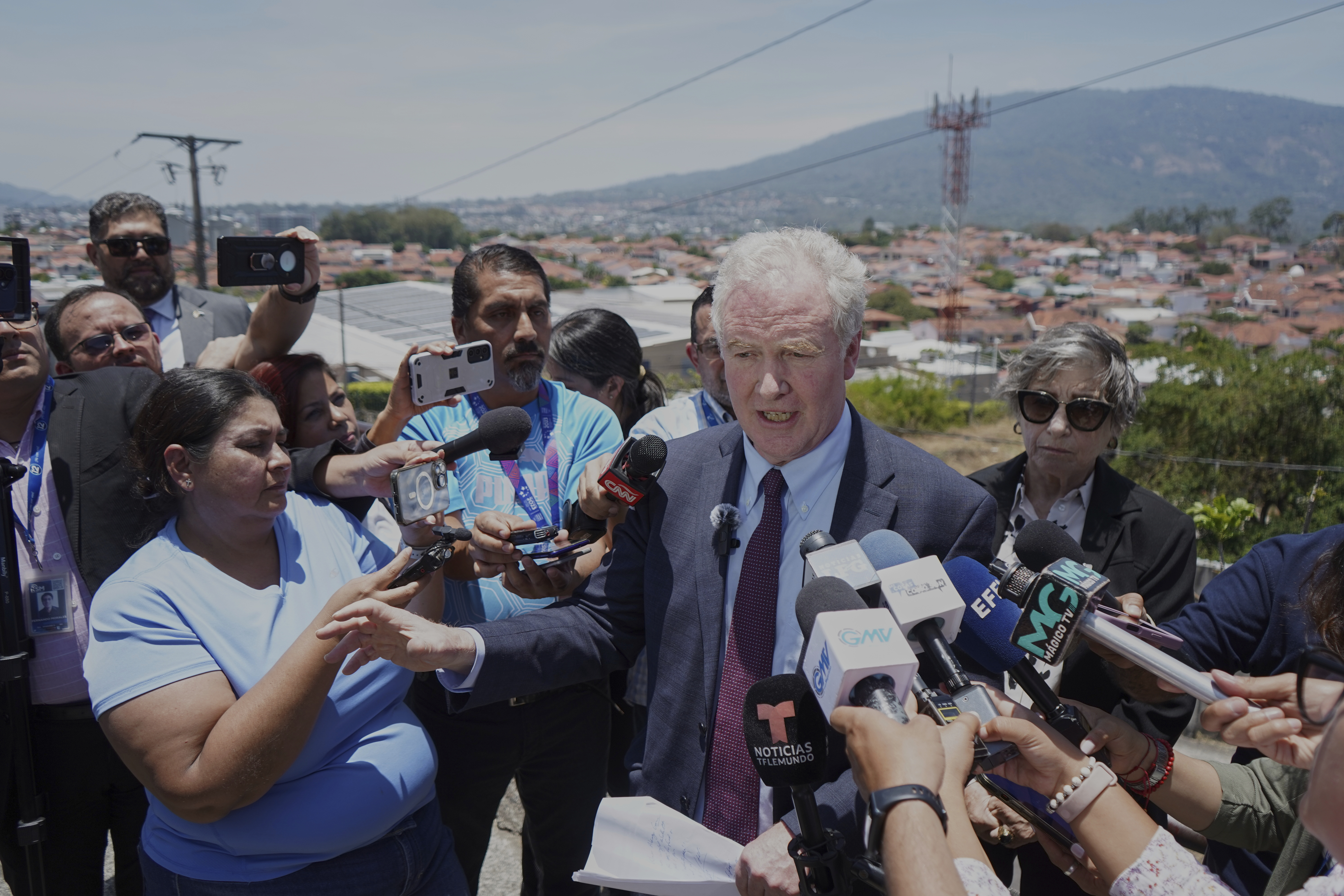The U.N. labor organization warned Monday that over 70% of the world's workforce is likely to be exposed to excessive heat during their careers, citing increased concern about exposure to sunlight. It also warned of air pollution, pesticides and other hazards that could lead to health problems including cancer.
In a new report, the International Labor Organization suggested ways that governments can improve their legislation and help cope with the rising effects of climate change on workers.
“It’s clear that climate change is already creating significant additional health hazards for workers,” said Manal Azzi, the organization's team lead on occupational safety and health. “It is essential that we heed these warnings."
The ILO estimates that over 2.4 billion workers — more than 70% of the global workforce — are likely to face excessive heat as part of their jobs at some point, according to the most recent figures available, from 2020. That's up from over 65% in 2000.
The Geneva-based body cited the growing link between climate change and harm to human health, including cancer, cardiovascular disease, respiratory troubles and mental health.
It estimates, for example, that 1.6 billion workers are exposed to ultraviolet radiation as part of their jobs, citing nearly 19,000 deaths a year from non-melanoma skin cancer, and ailments as diverse as sunburn, skin blistering and eye damage, cataracts and retina trouble like macular degeneration.
The same number of workers — 1.6 billion — are exposed to workplace air pollution “resulting in up to 860,000 work-related deaths among outdoor workers annually,” it said in a statement.

Why the government created new tools to show heat forecasts and risk
Over two-thirds of the United States was under some level of a heat alert last year due to rising temperatures.
The report said some subsets of workers are particularly vulnerable, such as firefighters in the United States battling wildfires, which experts say have become bigger and more frequent because of climate change due to high heat and excessively dry conditions.
“Workers are often forgotten when we’re talking about climate change and the health impacts are very severe from death, to millions of sick people because of hazards exacerbated by climate change, but also millions living with chronic diseases," Aziz said.
Some countries have taken action by enacting legislation that calls for regular surveillance of workers regularly exposed to heat, excess sunlight, air pollution and other health risks on the job. In other cases, ILO says collective bargaining agreements between labor and business leaders have helped mitigate the risks.
U.N. agencies and environmental activists have increasingly sought to highlight the link between climate change and human health. Planet Earth tallied a 10th straight month of record monthly temperatures in March, according to the European Union's climate agency.
The World Health Organization estimates that between 2030 and 2050, just a handful of climate-related threats, such as malaria and water insecurity, will claim a quarter of a million additional lives each year.









